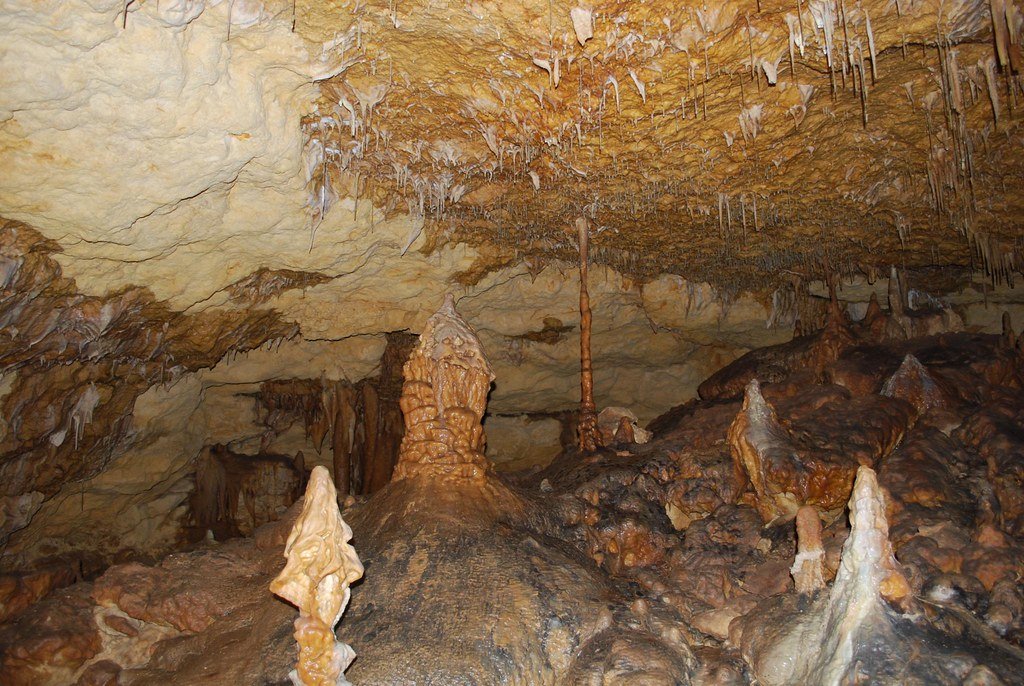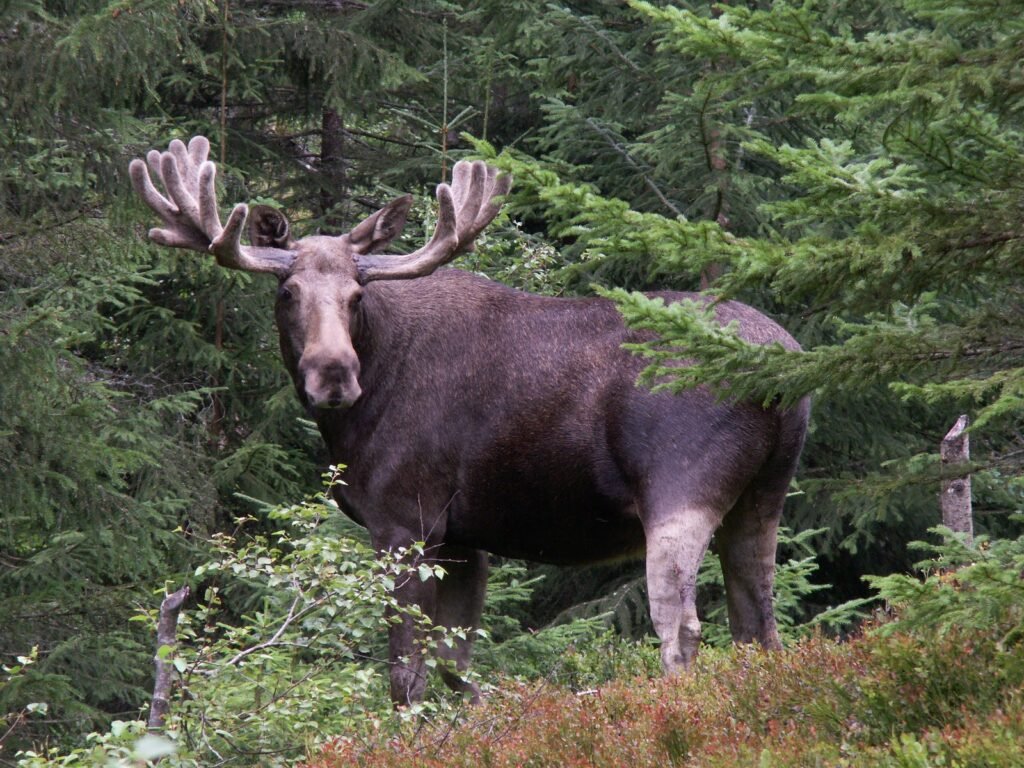Imagine venturing deep into Utah’s remote caves, flashlight in hand, only to discover the perfectly preserved remains of creatures that swam in ancient oceans hundreds of millions of years ago. This isn’t a fantasy – it’s happening right now across Utah’s desert landscape. From the House Range in Millard County to the depths of Boomerang Cave in the Bear River Range, paleontologists are uncovering remarkable fossil treasures that are rewriting our understanding of ancient marine life. These discoveries are transforming our knowledge of how life evolved in prehistoric seas and helping scientists understand dramatic climate changes that shaped our planet.
Utah’s Prehistoric Ocean Legacy Hidden in Desert Stone

Utah might seem like an unlikely place to find sea creatures, yet in the dry and rocky expanses of Utah’s western desert, there rests the remains of an ancient seabed formed from ocean sediments more than 500 million years ago. The entire western half of what we now call Utah was once a shallow, tropical sea teeming with bizarre marine life.
Utah contains extensive fossil records spanning hundreds of millions of years. The state’s caves and rock formations preserve evidence of multiple prehistoric oceans that covered the region at different times. Approximately 510 million years ago, during the Cambrian Period, trilobites thrived in the seas that covered western Utah, creating fossil deposits that collectors treasure today.
Scientists Discover Pristine Marine Fossils in Remote Caves

Scientists from the Natural History Museum of Utah have taken a deep dive into the not-so-distant past thanks to a friendly tip from Utah’s caving community, publishing research in the Journal of Mammalogy from their collaborative fieldwork effort deep in Utah’s caves. The cave excavations have revealed much more than expected.
Using radiocarbon dating, fossils found in Boomerang Cave were shown to span the past 3,000 years, with comparison to museum records showing that the cave provided a faithful reflection of mammal diversity in the area. However, even more exciting discoveries are emerging from deeper excavations targeting much older marine deposits.
The Cambrian Treasure Trove of Western Utah

Thanks to a new collection from the Bureau of Land Management now reposited with the Natural History Museum of Utah, these prehistoric oddities dating back to the Cambrian Period are coming into view. The Cambrian Period represents one of the most dramatic explosions of life in Earth’s history.
During the Ordovician, Utah’s shallow sea and carbonate shelf environment had a humid and hot atmosphere at the equator that enabled a vast number of diverse organisms to flourish, with diverse fossils correlating with the Ordovician Radiation. Cave deposits preserve these ancient marine ecosystems in remarkable detail, offering scientists pristine samples of creatures that lived over half a billion years ago.
Trilobite Kingdom Preserved in Stone

The most spectacular finds include massive trilobite deposits scattered throughout Utah’s cave systems and desert formations. This local attraction boasts 40 acres of the best trilobite shale in the world, with trilobites being an extinct form of marine life from the Cambrian Period around 540 million years ago that once roamed the sea floor. These creatures dominated ancient seas for approximately 270 million years.
These fossils can be found scattered across western Utah, particularly the House Range in Millard County. Recent cave excavations have uncovered perfectly articulated trilobite specimens, some showing soft tissue preservation that’s incredibly rare in the fossil record. The caves acted as natural preservation chambers, protecting these delicate creatures from weathering and destruction.
Ancient Coral Reefs and Marine Gardens

Fossil Mountain has many specimens that showcase diversification, including trilobites, graptolites, conodonts, brachiopods, echinoderms, ostracods, gastropods, cephalopods, pelecypods, sponges, bryozoans, corals, cyanobacteria, and trace fossils, though often fragmentary due to accumulation in a high-energy, wave-dominated shoreline environment.
Horn corals were abundant during the Mississippian when Utah was almost completely covered by a shallow sea, with these extinct corals known as Rugosa. Cave systems throughout Utah preserve complete coral reef ecosystems, showing how these ancient marine gardens thrived in warm, shallow seas that covered much of North America.
Revolutionary Cave Excavation Techniques

Curating such important fossils is no simple task, with some paper-thin fossils being new species that are not only delicate but of extreme importance. Modern paleontologists working in Utah’s caves use sophisticated techniques to extract and preserve these fragile specimens.
The work highlights the value of collecting skeletal remains from caves as a convenient and accurate method for understanding communities, with caves helping create comprehensive and long-term records and better understanding of how animals have changed in the recent past. These techniques are now being applied to much older marine fossils found in deeper cave systems.
Climate Secrets Locked in Marine Fossils

The marine fossils emerging from Utah’s caves are providing scientists with unprecedented insights into ancient climate conditions. Through geologic time, what is now Utah has been covered by oceans and inland seas as well as completely dry land, with the elevation ranging from sea level to over two miles above sea level.
These fossil assemblages show dramatic shifts between tropical marine environments and arid desert conditions. Scientists are using chemical analysis of fossilized shells and coral skeletons to reconstruct ancient ocean temperatures, revealing periods when Utah’s seas were significantly warmer than any modern ocean. This data helps researchers understand how marine ecosystems respond to major climate changes.
Future Discoveries Await in Unexplored Caves

Research on the fossils has only just begun, with two papers already published about these fossils, and now that the Cambrian creatures are snug in their beds, their secrets can start to be revealed. Utah contains thousands of unexplored caves that likely contain equally spectacular fossil deposits.
The ongoing success of this research is credited to the curiosity and generosity of Utah’s caving community, representing another example of citizen science advancing research and developing long-term relationships between museums and the public. As exploration continues, scientists expect to uncover even more remarkable examples of ancient marine life preserved in Utah’s hidden cave systems.
Conclusion

Utah’s fossil caves represent one of the most significant paleontological frontiers in North America, revealing spectacular marine life that thrived in prehistoric oceans covering the region hundreds of millions of years ago. From delicate Cambrian creatures to massive coral reef systems, these underground treasures are revolutionizing our understanding of ancient marine ecosystems and climate change. As scientists continue exploring Utah’s vast cave networks, they’re discovering that these dark, hidden chambers hold some of the most perfectly preserved marine fossils on Earth.
The collaboration between professional paleontologists and Utah’s passionate caving community demonstrates how citizen science can lead to groundbreaking discoveries. These findings don’t just fill museum display cases – they provide crucial data about how marine life responds to dramatic environmental changes, offering insights that could help us understand and prepare for future climate challenges. What incredible marine creatures might be waiting in the next unexplored cave?




